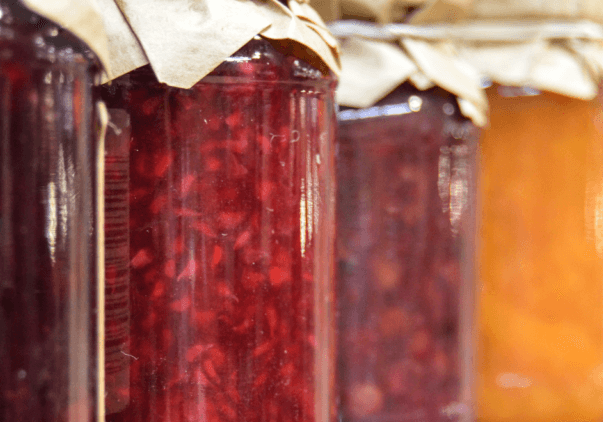Two words that come to mind when attempting to describe the COVID-19 pandemic? Disruption and resilience come to mind. Jayson Lusk, department head and distinguished professor of agricultural economics, would agree in his recently published report Resilience Through Disruption.
The report, compiled in conjunction with Ernst & Young for AgriNovus Indiana, takes an unflinching look at how the pandemic upset and fundamentally altered Indiana’s food supply chains. The report tabulated a loss of nearly $500 million across major commodities in Indiana (such as corn, soybeans, pork) during the pandemic.
“Disruptions and uncertainty lead to a significant fall in many commodity prices. Moreover, in some instances, such as in the pork sector, there was a reduction in processing volumes as plants closed and slowed down in response to worker illnesses,” Lusk explained.
Equally concerning, spending on food away from home (such as in restaurants) fell initially by nearly 60 percent and remains down by double digits.
Add to this the reality of an increasingly complex food retail sector, a trend sped up by COVID-19, and food supply chains were in for a good, old-fashioned shake-up. According to Lusk, that’s exactly what they got.
Companies, producers and consumers are all being forced to reevaluate how they interact with their segment of the supply chain and how to enhance their positions. The report suggests companies and producers implement more transparency and traceability regarding goods. This could help avoid shortages while clarifying real-time impacts to their supply chain.
“There is a need for food manufacturers and retailers to better understand their supply chains – to have contingency plans in place if their primary suppliers or purchasers are unable to deliver,” Lusk added. “This knowledge will benefit consumers by ensuring greater reliability of their food supply.”
Additional recommendations include: increased collaboration to meet ever-changing consumer needs; implementing “last-mile agility,” which buffers segments of the supply chain to guard against volatility; investing in state infrastructure, skilled labor; cultivating knowledge to remain competitive in funding for food and agriculture projects; and reexamining consumer preferences and habits.
“It is still the case, almost a year after the initial disruptions, that grocery spending remains significantly higher, and restaurant spending significantly lower,” Lusk continued. “Consumers may have picked up some cooking skills that may change some of their buying behavior. We also saw a significant increase in online grocery buying, both for pick-up and delivery – that is a trend that will almost certainly continue into the future.”
Where do bugs go in winter?
By Brian Wallheimer Any trip to Mars, likely to take a year or longer, will require astronauts to grow at least some of their own food along the way since it can cost $10,000 to send a pound of anything just as far as Earth’s orbit. Astronauts will need the nutrients provided by fruits, leafy…
Read Full Story >>>How the food science Pilot Plant helps drive Indiana’s economy
Koia is a plant-based protein drink company, headquartered in Los Angeles, CA. The company’s co-founder, Maya French, recently made Forbes’ 2019 30 under 30 list. It is one of the country’s fastest-growing beverage brands, currently available in 75,000 retail locations.
Read Full Story >>>

